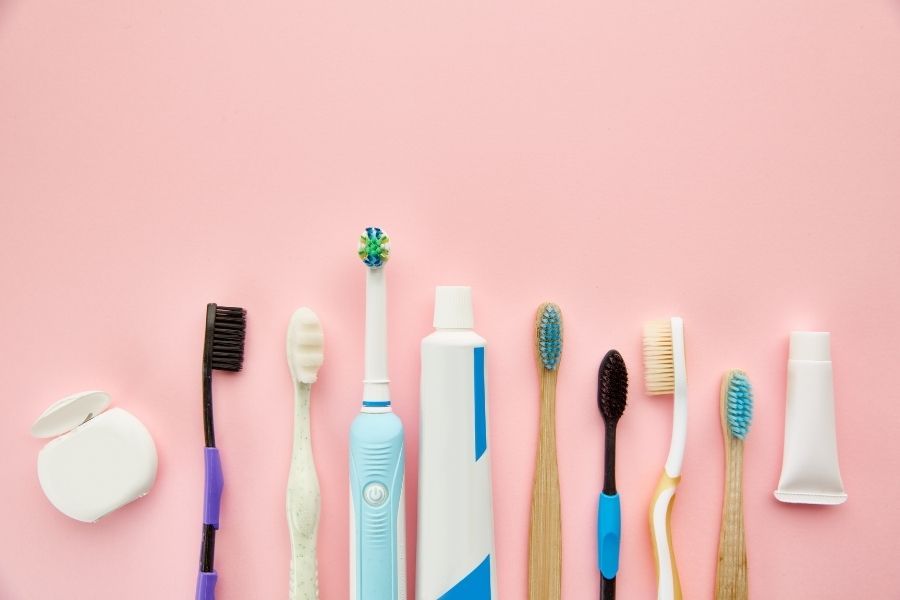
1. Bleeding gums are normal.
MYTH – Bleeding gums can be caused by brushing too hard or using a toothbrush that is not soft enough. This can be easily prevented by changing the way you brush or changing your toothbrush to one with softer bristles.
However, bleeding gums may also suggest that your gums are inflamed. This can develop into periodontitis, a serious gum infection which damages the soft tissue and bone around your teeth. In severe cases, periodontitis may lead to the loss of teeth. When your gums bleeds and does not go away, this could be a sign of periodontitis. Please seek help from a dentist as soon as possible.
2. If my teeth don’t hurt, they are healthy.
MYTH – Healthy teeth are covered with an outer layer of enamel to protect the nerves inside. Poor oral hygiene can lead to excess growth of bacteria around our teeth, and this causes the breaking down of the enamel layer. This leads to nerves being exposed and can cause pain.
However, enamel breakdown happens over a period of time and during that time, you may not feel any pain. Thus, not experiencing any pain does not mean that your teeth are healthy. You can maintain good oral hygiene by brushing your teeth with fluoride toothpaste twice a day for at least two minutes each time.
3. Is it alright to use a mouth rinse every day.
FACT –The use of mouth rinse helps to prevent plaque buildup and reduces the amount of bacteria in your mouth. However, using a mouthwash should not be used as the only method to maintain oral hygiene. You should pair your daily mouth rinse with daily brushing.
4. When choosing toothpaste, the higher the fluoride content, the better.
MYTH – Fluoride is generally safe and helpful in preventing tooth decay. However, using too much fluoride in children with growing teeth can cause dental fluorosis, a condition that causes a permanent discoloration of the teeth. This is especially a cause of concern in children younger than eight years old as they may swallow the toothpaste.
From the time that the first tooth starts to appear, to the age of three, a 'smear' or a grain-sized amount of fluoride toothpaste is sufficient. For children three years old and above, choose a toothpaste that contains 1,000 parts per million (ppm) of fluoride and use a pea sized amount when brushing. For most adults, a toothpaste that contains 1,350 to 1,500 ppm of fluoride is sufficient.
Reference for fluoride toothpaste content in children: Recommending 1000 ppm fluoride toothpaste for caries prevention in children https://journals.sagepub.com/doi/full/10.1177/2010105820963291
Source: Fluoride use in Caries Prevention in the Primary Care Setting, American Academy of Paediatrics (AAP)
.png)



















































